Angela Readman, author of “Something Like Breathing,” recommends literature about women during the postwar boom
There are some things that stay with us, sights and sounds from our childhood, places and moods. They may be nothing, but often return in our writing. Be it a color we often use that’s the same as our bedroom curtains, or a character mannerism like one of our babysitters, our lives are revealed in our work even when it’s someone else we’re writing about. One thing I come back to is the fifties, an anomaly since I grew up in the 80’s. Before I could read, some of my formative memories are of watching 50’s movies on rainy afternoons. I loved the women in those films, their floating dresses and pristine gloves seemed a world away from life in a northern town.
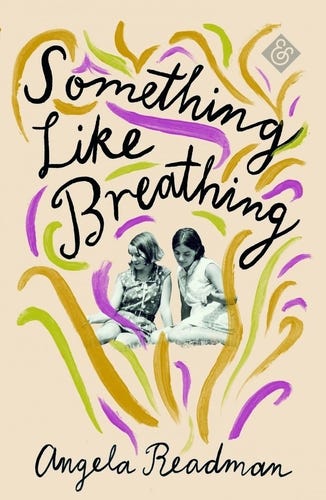
Decades later, when I started writing my novel, Something Like Breathing, I was surprised to find it had to be set in the 50s. The story is about two girls who live on an island and struggle with the sexual double standards of the time. The story needed to be set in what is often called “a more innocent time,” but there was more to it. The more I wrote, the more I became aware of a tension between social expectation and the daily lives of women. I saw I could never be a woman from the 50s. I had seen too many protests, too many women fighting for change. Considering the decade as an age of innocence suddenly seemed a mistake. Writing about women and girls in a close-knit community, I saw to be a woman in the 50s was a complicated matter, a juggling act of appearances, domestic duties and our own desires. Literature by women is filled with such conflict.
Here’s a selection of work by some of my favorite women authors writing about the 1950s.
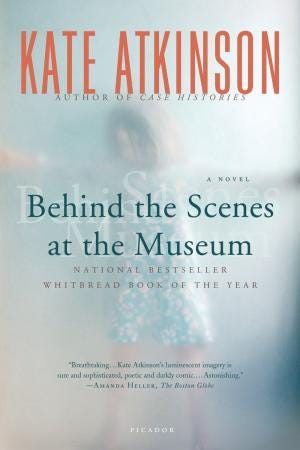
Behind the Scenes at the Museum by Kate Atkinson
Kate Atkinson’s debut is narrated by Ruby Lennox, a working-class girl living in York. Interspersed with flashbacks from the lives of the women in her family including both world wars, the sexual attitudes of the day are painfully evident from the first page when the narrator describes her conception, an event that takes place while her mother is pretending to be asleep. “1951- I exist. I am conceived to the chimes of midnight by the clock on the mantlepiece in the room across the hall. The clock once belonged to my great grandmother, a woman called Alice, and its tired chime counts me into the world. I am begun on the first stroke and finished on the last when my father rolls off my mother and is plunged into a dreamless sleep.”
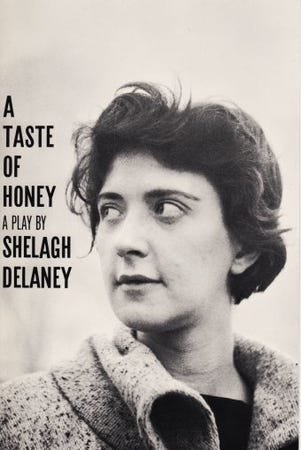
A Taste of Honey by Shelagh Delaney
“Women never have young minds. They are born three thousand years old.” Shelagh Delaney was just 19 when she wrote these lines in A Taste of Honey. Though initially conceived as a novel, the work became a play to confront pressing social issues. Class, discrimination, racism and sexual orientation all feature in the story of Jo, a seventeen-year-old girl in Salford who finds herself kicked out by her mother in favor of a new man in her life. “I don’t want to be a mother, I don’t want to be a woman,” a pregnant Jo says. The kitchen sink drama became a hit, sweeping through the theaters of the nation to question the attitudes of post-war Britain.
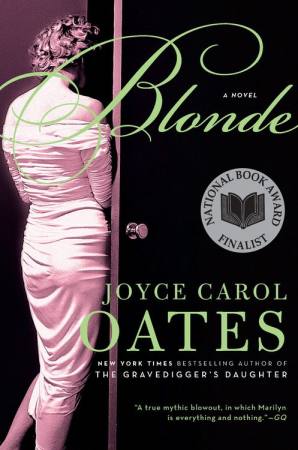
Blonde by Joyce Carol Oates
Chronicling the life of Norma Jean Baker, the Blonde in the title is truly born in the 1948 when Hollywood makes the actress change her name. Gone is the girl with dishwater blonde hair, a wholesome morale booster pictured working in a factory by a U.S. military photographer. She’s re-christened Marilyn Monroe, a platinum figurehead launched into the 50s. This is the birth of the star. Oates wrestles with constructions of femininity within the era, a lethal concoction of sweetness, desirability and idealization where to be beautiful, a woman, and have artistic ambitions is to be equally desired and loathed. Love it hate it, the work is always visceral. It reads like a struggle between the female body, the heart, the male eye, power, innocence and ambition. Blonde remains a powerful fable of the age.
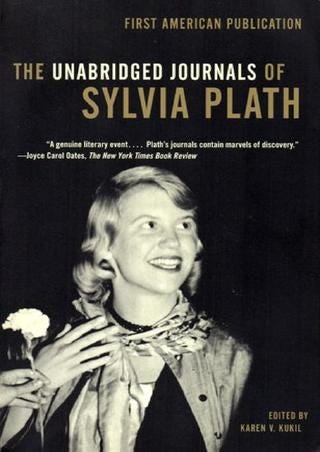
The Journals of Sylvia Plath 1950- 1962 edited by Karen V. Kukil
If we can forget her poetic legacy and death, for a second, one often overlooked aspect of the journals of Sylvia Plath is her portrait of the decade. In luminous prose, we catch glimpses daily life and a sense of a woman caught between her own creative drive and an awareness of the simpler values of the time: “I may never be happy, but tonight I am content. Nothing more than an empty house, the warm hazy weariness from a day spent setting strawberry runners in the sun, a glass of cool sweet milk, and a shallow dish of blueberries bathed in cream. Now I know how people can live without books, without college.”
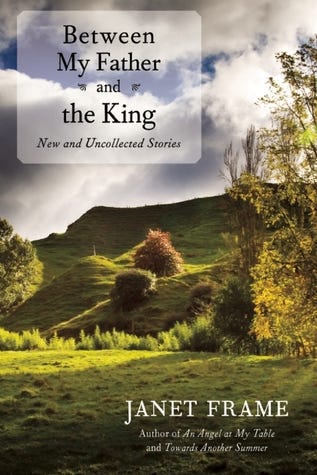
Between My Father & the King by Janet Frame
Reading Janet Frame is to enter another world. Though most of these stories were written in the 1950’s, they are a world away to the 50s of the movies or American novels like Breakfast at Tiffany’s. Frame’s New Zealand is a fusion of fairy tales and harsh realities. In the wild landscape of Frame’s imagination, we find households gripped by poverty, wives who don’t question their husbands, and girls who aren’t allowed to go dancing but occasionally find themselves in institutions. The story “Gorse is Not People” is one of the strongest in the collection. Rejected for publication in 1956 for being “sad”, it offers an insight into social expectations. “I have my life to live you know,” the story’s protagonist says, though picturing life beyond her 21st birthday, she can see nothing but getting married.
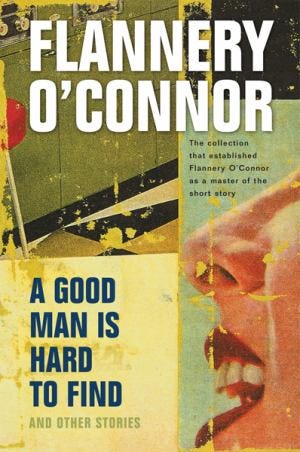
A Good Man is Hard to Find by Flannery O’Connor
Written in 1955, O’Connor’s spectacular collection is rooted in its Southern surroundings, yet her characters wrestle with their surroundings. “Nothing is like it used to be, the world is rotten,” says Tom Shiftlet in “The Life You Save May be Your Own”. “People are not nice the way used to be,” claims the grandmother in the titular story. People reflect on crumbling morality so frequently it seems the age itself is what will kill them, they are so unaware of anything outside of their blinkered lives, so unprepared for change. Clinging to the notion of being “a lady” and not from “common blood”, as if this should save her from a gunman, O’Connor takes shots at the bourgeoise itself. The future appears godless in the work, but one thing is certain. Witnessing the social snobbery and casual racism of the characters, the reader is never convinced the past they cling to is worth saving.
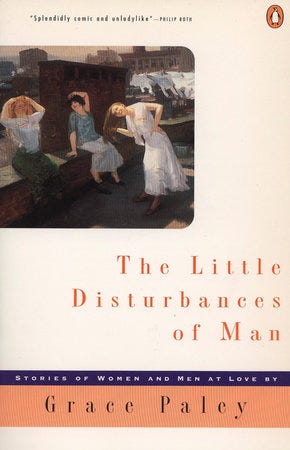
The Little Disturbances of Man by Grace Paley
The subtitle of The Little Disturbances of Man “stories of men and women at love” makes it clear love is anything but a passive state. Rather, the characters in the collection engage in relationships like going to work, and at times, war. The stories are a long way from a simplistic model of happy families, they ask why people get married and whether adultery is wrong. Married women sleep with their ex’s, mothers raise their children alone and ultimately acknowledge expecting to find fulfillment through the men in their lives was a mistake. In “An Interest in Life” Mrs Rafferty is torn between sexual beliefs we can almost imagine her hearing from her mother and an acknowledgement of her own desire. “A man can’t help himself, but I could have behaved better,” she says, when discussing her sex life, going on to admit how she was so happy in bed with her husband. Never judgmental, but handled with humor, the disturbance in Paley’s collection of 1959 is a sense that the dynamic between men and women is changing.
Wants

Angela Readman’s novel Something Like Breathing is published by And Other Stories. Her stories have won The Costa Short Story Award, The Mslexia Competition and The Anton Chekhov Prize for Short Fiction. Her collection Don’t Try This at Home won The Rubery Book Award and was shortlisted in The Edge Hill. Her poem “The Book of Tides” won The Mslexia Poetry Competition and was followed by a Nine Arches collection of the same title.


7 Books by Women about 1950s Gender Dynamics was originally published in Electric Literature on Medium, where people are continuing the conversation by highlighting and responding to this story.













